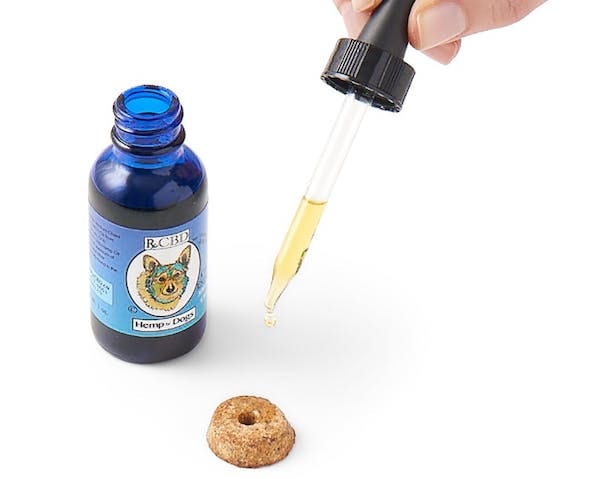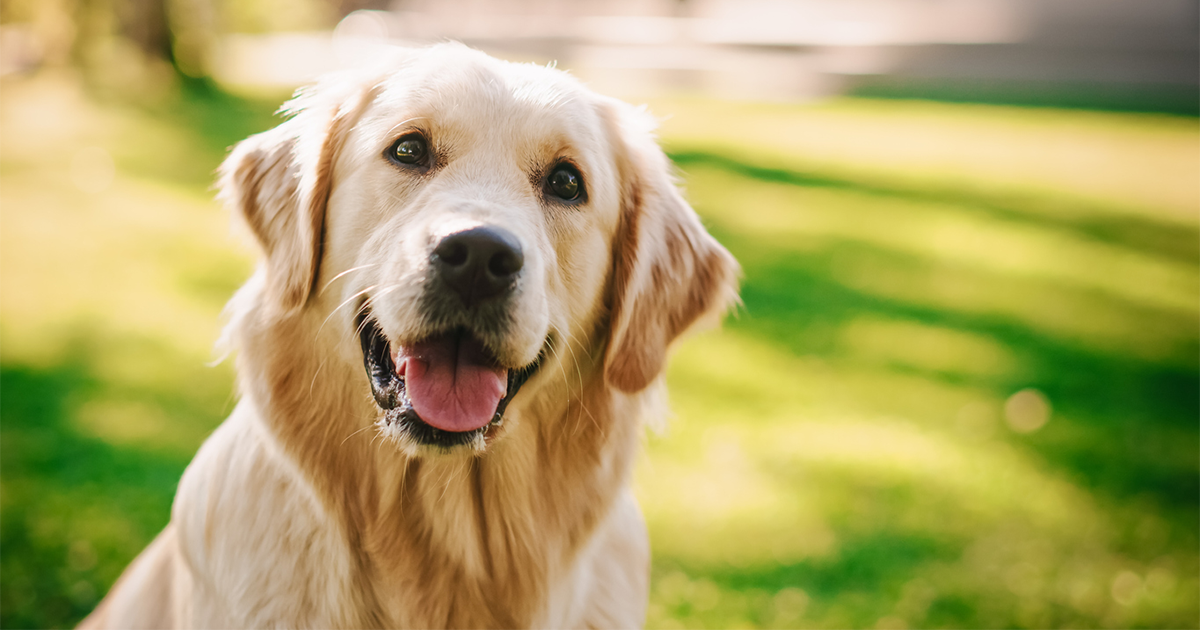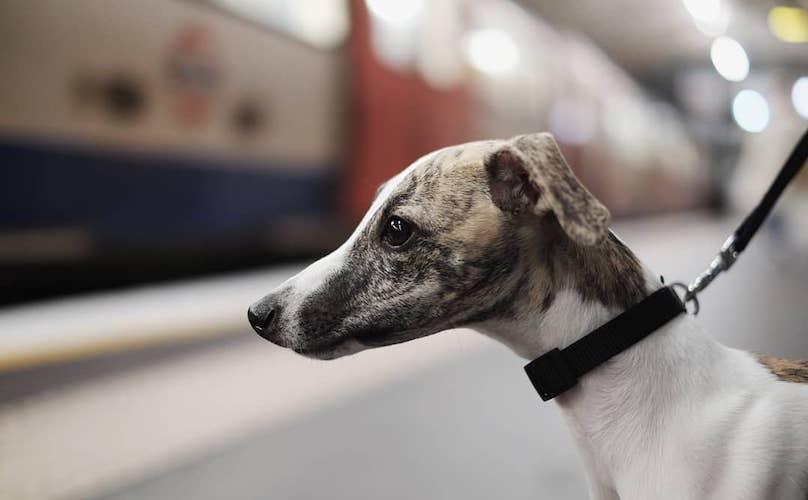Anyone who loves dogs knows that dogs, by nature, are territorial. They may mark the fence line in your yard, your neighbor’s tree, or the front gate at the dog park on a daily basis. But if dogs start marking in the house, a major (and very messy) problem can arise.
To begin with, it’s important to differentiate between marking and simple peeing or piddling. If your dog is lifting a leg and spraying a wall, furniture, or other vertical spot (or occasionally the floor) in your house with small traces of urine, they’re not having “an accident.” They’re purposely declaring territory by leaving their scent around the house. So the question is, how do you get your dog to stop? Here are a few ideas for addressing indoor marking:
Spay Or Neuter Your Pup


If your dog is old enough to be “fixed,” but is not yet spayed or neutered, undergoing this minor surgery is likely the easiest solution to ending marking in your home. Luckily, once your dog is spayed or neutered, the behavior may be drastically reduced or cease altogether. Why? An unfixed dog, either male or female, is at the whim of many more hormones than a dog who is no longer able to breed. Therefore, marking in unfixed dogs can occur out of a sense of competition for mates, sexual frustration or desire, or enhanced insecurity or aggression.
And according to the Humane Society of the United States, the longer a dog goes before neutering, the more difficult it will be to train them not to mark in the house. Since, like basic urination, marking can become a learned behavior overtime, dogs who are neutered later in life may need to go through rigorous house-training. In that case, basic skills for going outside to “go potty” will need to be reintroduced and enforced.
Help Your Dog Feel More Secure
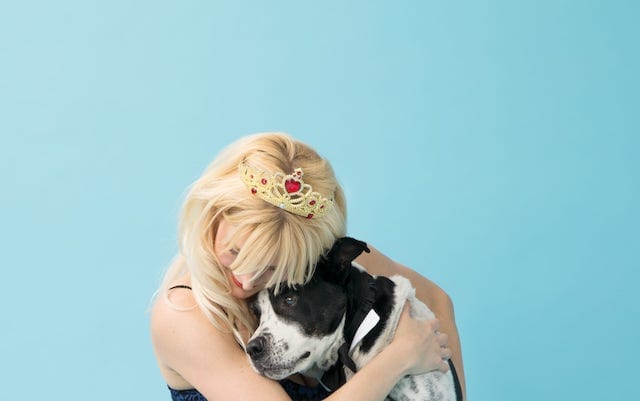

Marking indoors is often a sign of insecurity in dogs, whether your pup is fixed or not. A dog that is constantly marking their territory may feel threatened by another animal or human, such as a new dog, cat, roommate, partner, or otherwise. Or a dog may simply feel uncomfortable and unsure in a new environment, thus increasing their need to declare their territory.
In order to help your pup feel more confident, it’s vital to establish yourself as the trusty and reliable leader. Once a dog understands that they’re living in your house under your care and leadership, they’re far more likely to relax into their role and let go of past anxieties.
Establish Limits Inside The House
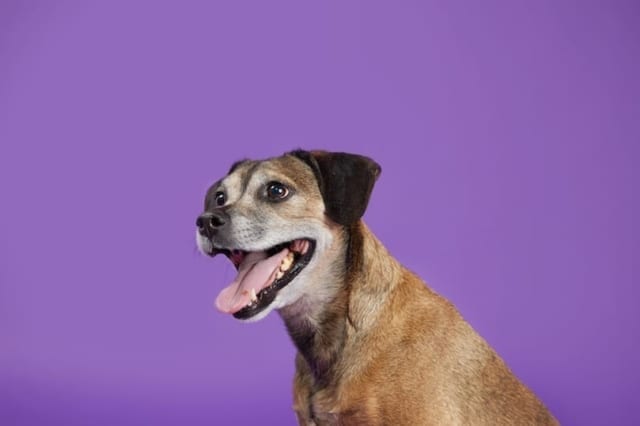

If your dog is taking over the house not only through marking, but through destructive or possessive activities, then it may be time to set new rules and expectations. A marking dog often needs limits in order to feel safe. After consulting with your veterinarian, a behavioralist, or a trainer, the limits you set may include staying off of the furniture, respecting food areas and meals, and staying in a crate or other enclosed area when you’re busy or out of the house.
By not having the run of the house, a marking dog will likely learn to respect indoor spaces.
Introduce New Family Members Slowly


Although indoor marking can feel frustrating, angering, or gross, remember that your pup isn’t trying to annoy you. She may just feel attacked and thus is reinforcing her territory. Therefore, in the case that the marking started after a new person or animal was introduced into the home, it may be best to hit the “restart” button.
For instance, while we may be excited by the arrival of, say, a new baby, your dog may feel deeply insecure by this new needy and tiny person in her space. Even if introductions were made days, weeks, or months ago, consider pretending as if it’s day one and start again. By entering a home calmly and confidently, letting your dog sniff the new person thoroughly, and sitting on the floor together, you may give your dog time to warm up on their own time. Overall having a long and quiet “meet and greet” experience free of tension and loud noises will help give your pup some of her autonomy and comfort back.
In the case of a new dog or cat being introduced to the family, also consider separating spaces for a few days before introductions or reintroductions. If your dog and new animal family member aren’t getting along, then being together 24/7 is probably sending your pup into high levels of stress. Consider restarting that introduction through smell from behind closed doors, in the backyard, or in another open and unclaimed space. You may remove some of the tension that’s been building up in your home, which eventually led to marking.
Buy A Dog Bed That’s Easily Washable
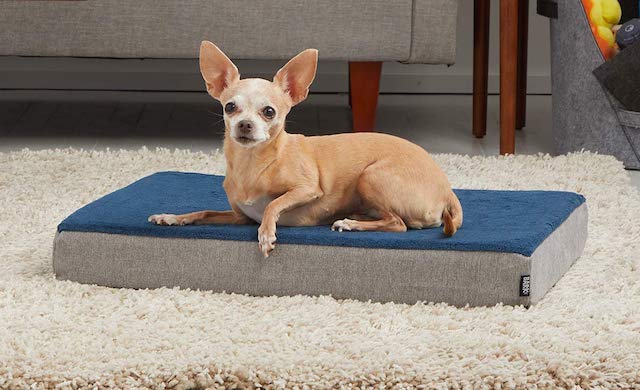

So you’ve got a dog who marks! That can be unfortunate, to say the least. While you’re trying to curb some of these less-than-pleasant habits your dog has picked up (with the above suggestions), it’s not uncommon for your dog’s bed to bear the brunt of the…uhm, experience. That being the case, you may want to get them a dog bed that’s easily washable by way of a laundry machine.
Enter: The BarkBox Orthopedic Gel Memory Foam Dog Bed. This bed offers firm support for all canine ages in three different sizes and four colors to match any decor. Best of all for your purposes, the fleece cover is waterproof and machine washable for quick, easy cleanup.
Supplements And More
If your dog is peeing as a result of anxiety – and really, you should always visit a vet to determine the reason – there are some supplements (and other options) that can help them out.
Bark Calming Supplement: It’s veterinarian-formulated, made with all natural ingredients (tryptophan, lemon balm, and green tea), and it comes in the form of 120 soft chews. Basically, it looks and tastes just like delicious treats, and it could really help soothe your dog in their time of need. ($24.99.)
Bark CBD Extract: This holistic remedy is made from MCT, organic coconuts, and co2 extracted high CBD hemp oil, and it’s been known to help with all forms of anxiety – but also arthritis, nausea, inflammation, and other physical or emotional pain. It contains no THC (<0.1%) and will not make your pup feel “buzzy” or “high.” ($69.30.)
Bark CBD Chicken Biscuits: These handcrafted treats are made with premium, human-grade ingredients including full-spectrum CBD hemp oil and are available for both small and large dogs. They’re a holistic, natural product for anxiety, arthritis, nausea, inflammation, and other physical or emotional pain. They contain no THC (<0.1%) and will not make your pup feel “buzzy” or “high.” (Starting at $24.30 for 4 oz. jar of 25 treats.)
(NOTE: It typically takes more than a single dose of CBD – and sometimes up to two weeks’ worth – to see results.)
Looking For More Articles Like This?
Why Is My Dog Peeing Inside?
Why Is My Dog Peeing On His Bed?
How Do I Need To Know If My Dog Needs To Go To The Vet?
What Do I Do If My Dog Can’t Poop?


